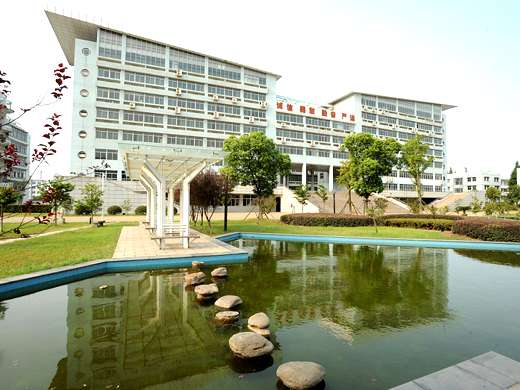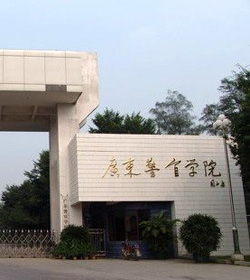英语论文的开题报告范文
2016-04-06 10:19:51amfunction and application of descriptive translation studies
1 introduction
the intention of this study is to explore possible advantages of descriptive translation studies as in its application in translation practice and translation analysis.
since early 20th century, translation studies gradually broke away from the marginal status within other related disciplines and established itself as an empirical science. from then on, schools of thought have kept coming out and each claims its legitimacy for existence. among these schools is descriptive translation studies (dts).
dts approaches translation from an empirical perspective. translation is viewed to be a social activity having significant importance in the receiving culture and for the target community. therefore, translation is dealt with beyond the linguistic realization and language comparison, and is incorporated in social and cultural context.
my attention was first directed to dts by its peculiar characteristic of observation, description and explanation. the subject is whatever happens in translation practice, from the determination of prospective function of translation to the process of translator’s choice of strategies, brainstorming and the revision, to the final product making appearance in the target community.
the method of dts is basically descriptive. the prescriptive tendency and the problem-solution pattern is abandoned. translation phenomena are noted down. with accumulated data, some underlying truths about translation will come out which will prove to be instructive not only for theoretical probe but also for applied translation practice. i will apply this descriptive method in the case study of this thesis.
a convenient tool has been set up to conduct dts. “norm” is operative at every stage of description and explanation. function, process and product and their relationship as well are skeletal structure of what constitute descriptive studies. translation phenomena are accounted for with the help of norm.
the case taken in this thesis is the chinese classic the dream of red mansions. two english versions translated respectively by yang hsien-yi and david hawks are compared and observations are made in regard to their translation approaches.
in this regard, my observations are limited to several aspects, i hope in-depth observation and explanation will done in light of dts.
2 outline
2.1 development and major concepts of dts
in this part i will describe holms’ basic map of dts and the relationship between function, process and product. i will also discuss some important concepts such as pseudo-translation, multiple translation, translationese, norm etc.
2.2 methodolgy
i will in this part discuss the methodology of dts before i apply the same to the case study in this thesis with emphasis to be placed on semiotic approach and the concept norm.
2.3 dts in contrast to other theories
a contrast study will be conducted here with the objective to find the difference of dts from other theories such as equivalence theory and the chinese xin da ya criteria. some advantage will possibly be shown in this study.
2.4 case study
in this part, translation of the dream of red mansions (also translated as the story of the stone) will be
under investigation in light of dts. translation samples to be quoted here will be selected at random.
2.5 conclusion
based on the above elaboration of dts and the case study, possible conclusion will be on the advantage of dts in specific study of translation. suggestions on further research efforts will be made also.
(note: while the topic will remain the same, the above arrangement of contents is subject to change in the process of writing.)
it is therefore pointless to try to make tc more scientific than is sensible in view of its complex subject-matter and available methods. translating is a mental, multi-factorial activity which cannot exhaustively be investigated within a linguistic framework ignoring the person of the translator.”
以上就是查字典大学网为同学们带来的“英语论文的开题报告范文”内容了,希望看完能够带给大家一些力量,对同学的生活有所启示,更多内容在这里,请继续关注我们。
推荐文章
猜你喜欢
附近的人在看
推荐阅读
拓展阅读
院校推荐
猜你喜欢
励志美文:精诚所至,金石为开
励志文章:我感谢上苍为我创造了宝贵的24小时
励志文章:女孩,为什么你沉不住气奋斗
励志文章:10条忠告助你善始善终
励志文章:上了大一才知道的n多事
励志文章:无处安放的青春,我为你代言
大学生励志文章:大学四年,我们到底应该和别人比什么
大学生励志文章:大学四年,你想成为什么样的人呢
励志文章:痛苦是成长的最佳燃料
励志文章:成功属于不安分的人
励志文章:有些事,年轻时不做会后悔一辈子
职场励志小故事-职场励志文章
励志文章精选-励志文章大全
解除痛苦的方式是发现比自己更不幸的人
励志文章精选-励志文章阅读
励志文章精选-励志文章阅读
真爱不是没有,而是我们缺乏等待的勇气
大学生励志文章:不屑做小事的人成不了大气候



